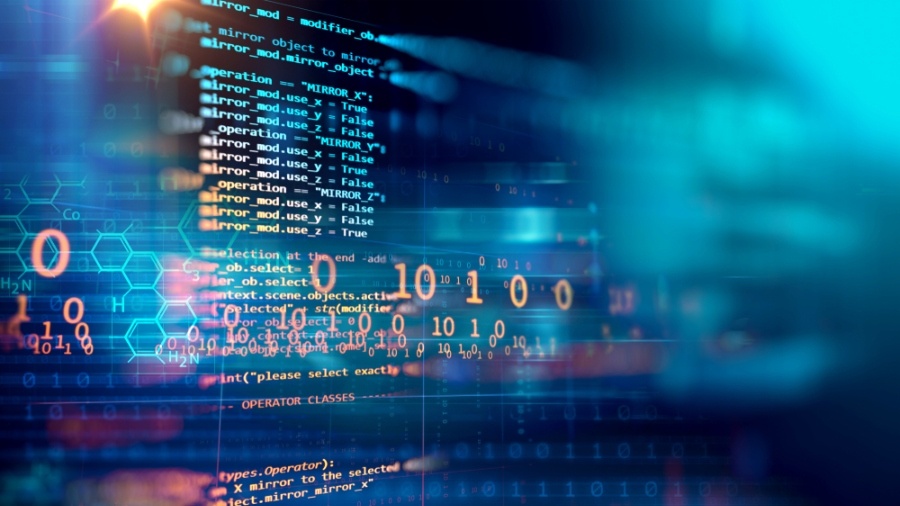Information and communication technology (ICT) is a complex of objects, actions and rules related to the preparation, processing and delivery of information in personal, mass and industrial communication, as well as all technologies and industries that integrally provide these processes.
What is the best present for your mom on her anniversary? what happens when you block someone on LinkedIn? Who is the most popular country singer? There are no answers to these questions in encyclopedias. But integrating ICTs into daily life makes it possible to get answers to them through thousands of sites. A good example of the use of ICT is LinkedIn, Facebook. When you communicate with colleagues on Facebook, when you decide to update your resume on LinkedIn and read the thematic article https://lpws.pro/how-to-delete-linkedin-account/ – during all these episodes you are actively involved in the process of using ICT for your learning and leisure.
Information and communication technologies (ICT) are the set of methods, work processes and hardware and software tools integrated to collect, process, store, distribute, display and use information in the interests of its users.
Today, the concept of IT includes microelectronics, development and production of computers and software, communications and telephony, mobile services, providing Internet access, providing Internet information resources. Regardless of whether you are busy creating an electronic textbook for students, communicating with colleagues on a social network, or writing your resume, you always and everywhere use ICT in your activities. ICT also includes a variety of cultural phenomena related to the mentioned areas of activity and the rules (both formalized and informal) that govern these areas of activity.

Information technology is a tool without which the solution of a number of problems would be difficult at present. ICT tools are an effective means of individualizing instruction, intensifying students’ independent work, increasing motivation and cognitive activity. Students develop the ability to search the educational network Internet, classify information, critically approach it, compare, that is, in general, it helps to increase the information culture, which is a necessary quality of a modern person, instills self-education skills, helps “turn learning into a joy of discovery “. And if there is interest, then there is progress, which subsequently affects the quality of education.
For the effectiveness of the learning process in modern conditions it is necessary to include information and reference systems, electronic textbooks and encyclopedias, Internet resources. The use of video materials also contributes to enhancing the student’s cognitive activity and have significant information capacity. Thus, electronic educational resources and the new information and educational environment formed on their basis have considerable potential for improving the quality of education.
The implementation of information and communication technologies in the educational process allows students to:
- study the material from the point of view of its necessity and sufficiency to ensure the formation of key and subject competencies;
- speed up the search for the necessary information;
- be able to freely access information, the content component of a particular educational field, knowledge accumulated by the international community;
- stay in a comfortable emotional environment during repetition, assimilation of new material;
- stimulate learning motivation, create an “intellectual aura” due to the visibility, demonstrativeness of the presented material, the presentation of the studied in the form of graphs, charts, animations;
- stimulate self-education, introspection;
- work in the mode of solving problematic issues, quickly fill in knowledge gaps;
- to work actively, creatively on issues of interest, topics, problems of profile training, elective courses;
- work more efficiently on homework;
- make up for material missed during illness;
- follow the route of a virtual laboratory, workshop, excursion according to your rhythm, individual characteristics, in a self-search mode.
Thus, the penetration of modern information technologies in the field of education allows teachers to qualitatively change the content, methods and organizational forms of training. The purpose of these technologies in education is to enhance the intellectual capabilities of students in the information society, as well as humanization, individualization, intensification of the learning process and improving the quality of education at all levels of the educational system. Computerization is an integral part of the information process. Computerization of school education is one of the large-scale innovations that have come to Russian schools in recent decades.
Taking into account the enormous impact of modern information technologies on the education process, many educators are more readily including them in their methodological system. However, the process of informatization of school education cannot occur instantly, as it is gradual and continuous.
Thus, information technologies are no longer only tools complementing the education system, but an imperative to establish a new order of knowledge and its institutional structures. And in order to meet the needs of students in obtaining knowledge, the teacher must master information educational technologies, and, taking into account their development, constantly improve their information culture through self-education, but at the same time not abuse the use of these technologies in their practice and be creative in everything . Means and forms of media education give the teacher opportunities for professional growth and self-improvement on the path to using the latest achievements of science and information technology.